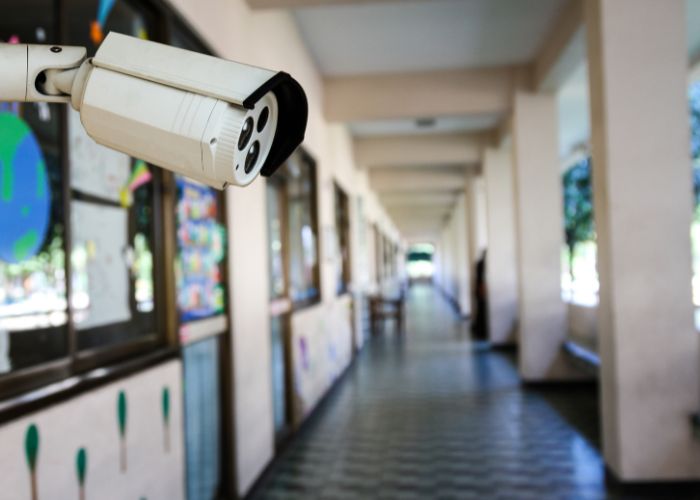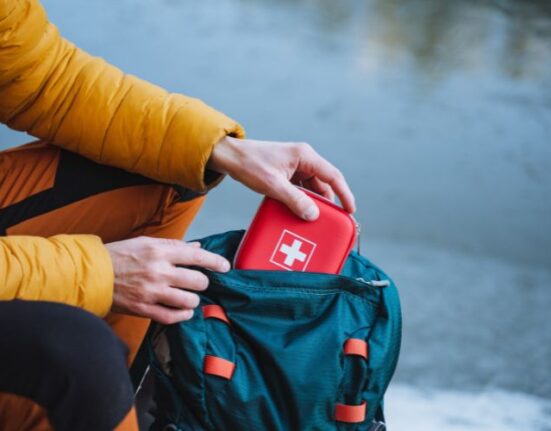Our children should always feel safe, especially when learning at school. To accomplish this goal, faculty and security personnel need proper training and access to technology. Learn how to improve school safety for students and staff by using these measures.
Make Emergency Drills a Priority
Both students and staff need to know what to do in emergencies, so everyone must be familiar with the protocol for lockdowns and evacuation drills. These should be practiced in accordance with your state’s laws. Usually, these drills happen near the beginning of the school year and every quarter afterward.
These drills may include:
- Shelter-in-place: When everyone must seek shelter in a safe room due to inclement weather, usually in spaces without windows, such as a bathroom or basement.
- Lockdown: When a dangerous person enters the school. Locking doors to classrooms and entrances is key for protecting people from harm.
- Evacuation: When students and staff members must leave the school because it’s no longer safe. Examples include a fire or bomb threat.
Invest in Technology That Improves Security
There are many ways to make schools safer with security technology. One possibility involves having a communication system that works during an emergency. This safety measure should allow staff members to contact campus security with ease. Some technologies utilize a combination of two-way radios and smartphones to enable communication.
Another potential idea is installing security cameras in the halls. While this can catch bad guys, it can also cut down on bullying and vandalism, so it works well for improving school safety for students and staff.
Keep an Eye on Visitors
Your reception team should monitor visitors closely. Everyone who comes into the school who isn’t a staff member or student should be required to sign in and out at the main office. Guests should also wear a badge to allow for proper identification.
When visitors wear these badges, security personnel can spot which adults are authorized to be at the school. Students and other staff members also have the ability to report anyone suspicious.
For added security, consider installing a gate around the school in all areas besides the main office. Keeping it locked during class will restrict access by unauthorized individuals.
Conclusion
To keep everyone safe at school, remember these key takeaways:
- Practice emergency procedures regularly
- Invest in technology and teach staff how to use it
- Restrict visitor access with a gate and proper sign-in/out practices
When faculty members work together, they cultivate an environment where students feel comfortable and can make the most of their education.

















